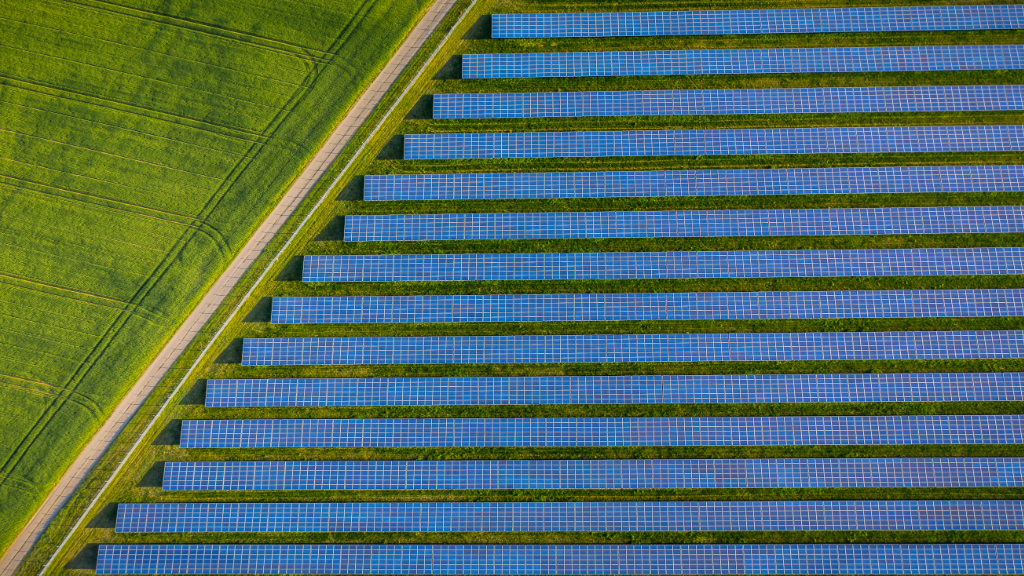
Birol: solar set to be ‘king of global power markets’
Solar energy is leading the way as the International Energy Agency’s executive director predicts a ‘boom’ in renewables.
Global solar PV capacity is set to almost triple over the next five years, overtaking coal to become the largest source of power capacity in the world, according to the International Energy Agency (IEA).
Speaking at the launch of the IEA’s Renewables 2022 report, executive director Fatih Birol suggested that the global energy crisis is accelerating the clean energy transition. “In 2027, solar will be the number one source of electricity in the world – solar is and will be the king of global power markets,” he said.
Birol added: “This is very impressive – it is driven by solar installations in India, China, Europe, the US and elsewhere. To see such a big growth of solar is very good news for many reasons – from energy security to economic benefits to environmental benefits.”
China dominates solar manufacturing. It currently has 90% of capacity and is forecast to invest $90bn in solar manufacturing over the next five years – more than three times the expected investment by the rest of the world combined.
But Birol predicted that China’s solar capacity would fall to around 75% by 2027 “as a result of the efforts and new investment programmes coming from the US, in terms of the Inflation Reduction Act, and also from India and other countries”.
In 2027, solar will be the number one source of electricity in the world – solar is and will be the king of global power markets.
Boom in renewables
Birol said that renewable energy overall – including solar, wind, hydrogen and biofuels – is experiencing a “huge boom”, with the world set to add as much renewable power in the next five years as it did in the previous 20.
According to Renewables 2022, global renewable power capacity is expected to grow by 2,400 GW over the 2022-2027 period, an amount equal to the entire power capacity of China today. Birol said that the growth was driven by the issue of energy security, plus the comparatively cheaper cost of renewables compared to fossil fuels.
“This is a clear example of how the current energy crisis can be a historic turning point towards a cleaner and more secure energy system. Renewables’ continued acceleration is critical to help keep the door open to limiting global warming to 1.5 °C,” he said.
There are efforts to decrease permitting timelines [for wind projects], but social acceptance of wind compared to solar is significantly lower thus making those investments more complicated.
Wind vs solar
Together, wind and solar will account for over 90% of the renewable power capacity added over the next five years. The IEA predicts that wind power capacity will almost double over the period – whereas solar capacity will almost triple – with off-shore wind projects accounting for one-fifth of the growth.
Heymi Bahar, the IEA's senior renewables analyst and lead author of the report, told Net Zero Investor that wind power faced a number of challenges compared to solar power, including time constraints and social acceptance.
“About half of our deployment in solar PV comes from smaller rooftop residential or commercial applications. These are driven by individuals who are trying to save money on their electricity bills because solar PV is getting cheaper and cheaper.
“That is why those investments take very little time to complete. These are individual decisions and distributed widely around the world across user segments and geographies.”
In contrast, he said, the permitting timeline for wind projects in many parts of the world is more than five years, and sometimes up to ten years.
“There are efforts to decrease these permitting timelines, but social acceptance of wind compared to solar is significantly lower thus making those investments more complicated.”
Renewables 2022 also lays out an accelerated case in which renewable power capacity grows a further 25% on top of the main forecast. In advanced economies, this would require regulatory and permitting challenges to be tackled and a more rapid penetration of renewable electricity in the heating and transport sectors.
In emerging and developing economies, it would mean addressing policy and regulatory uncertainties, weak grid infrastructure and a lack of access to affordable financing.




